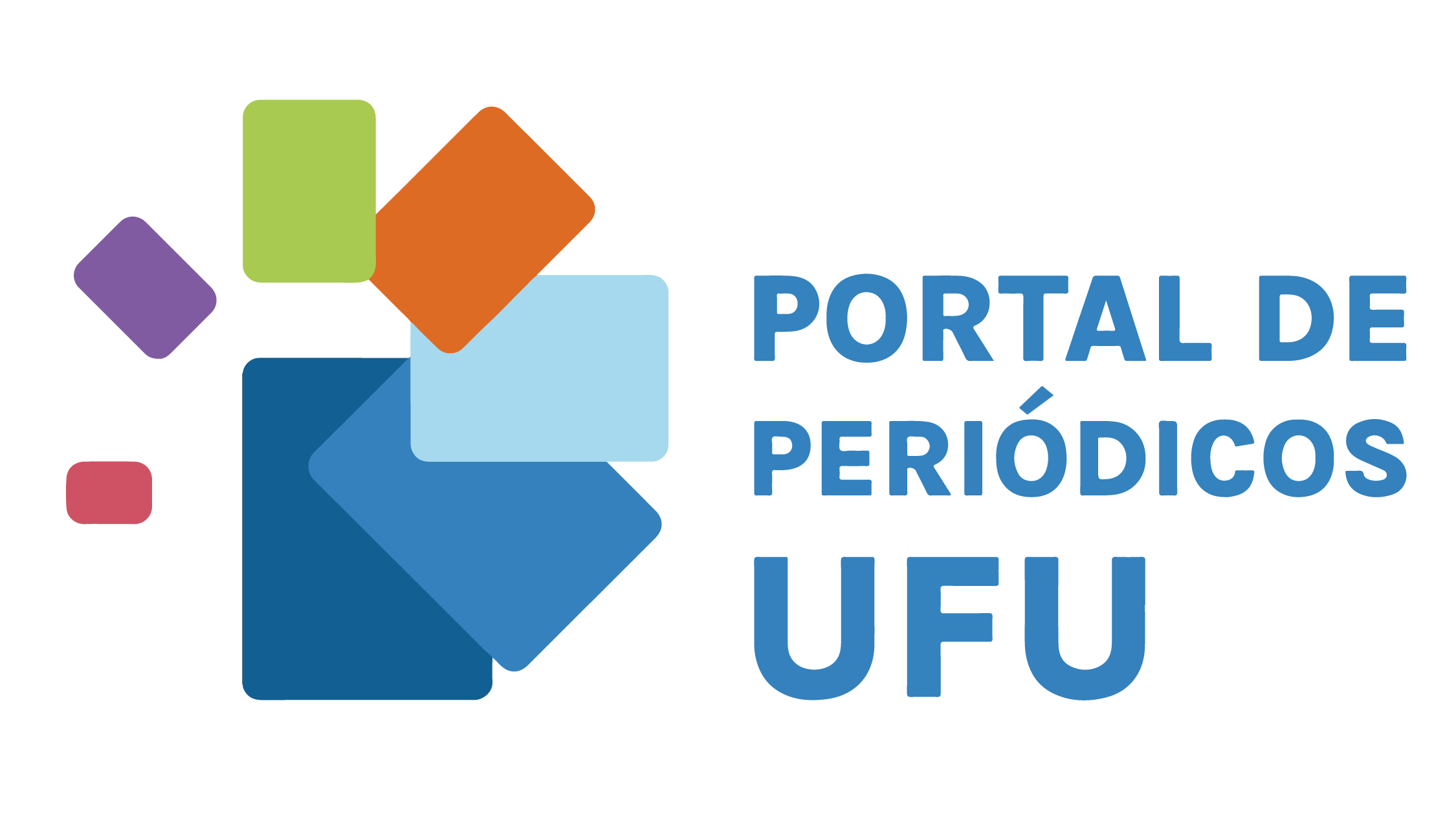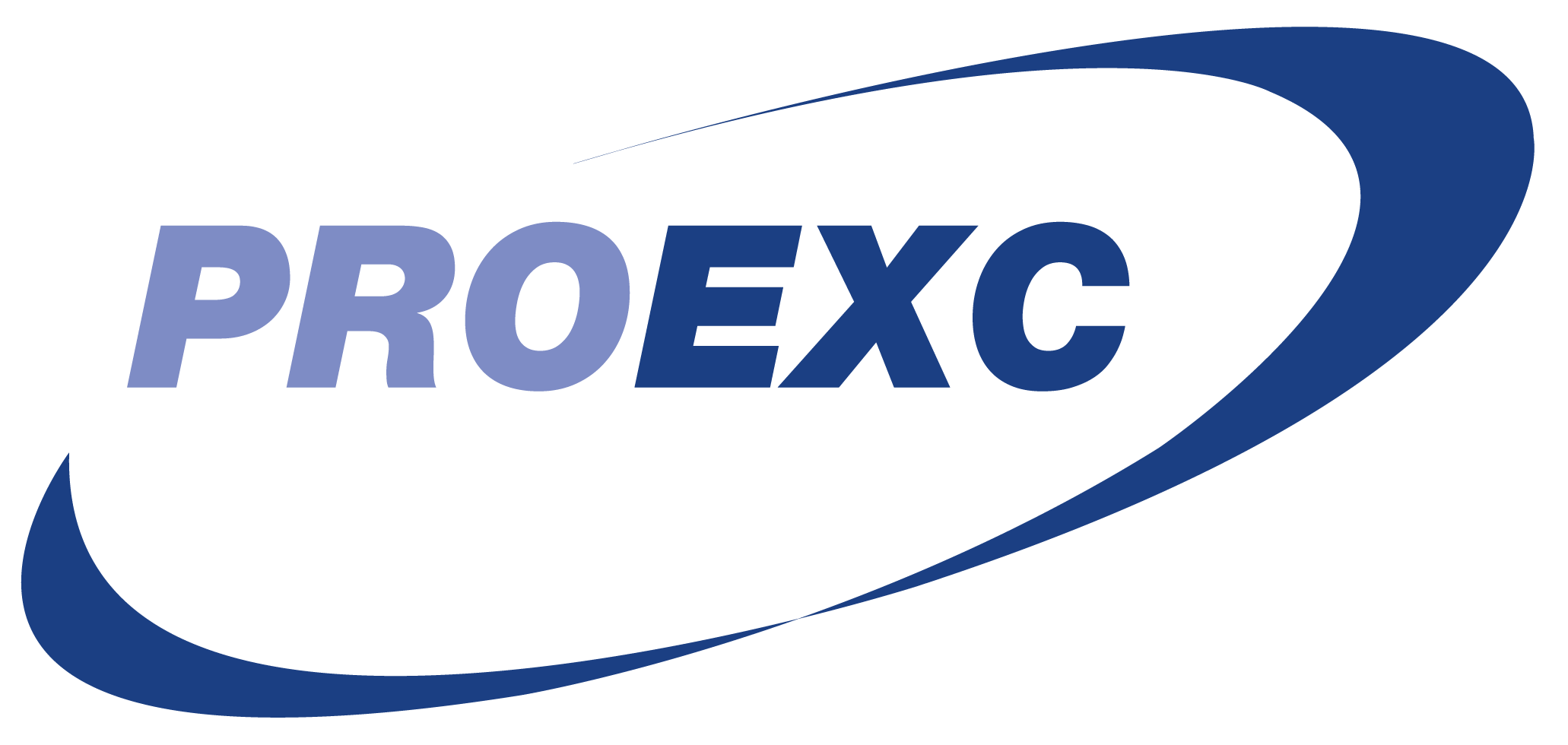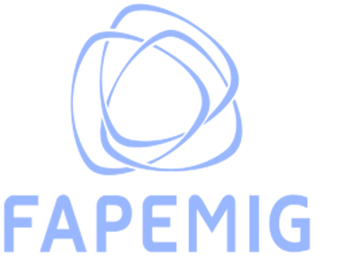Main rainwater harvesting systems
a way to reduce the effects of prolonged droughts in the Lagoa do Ouro country, State of Pernambuco, Brazil
DOI:
https://doi.org/10.14393/REE_v16n22017_art05Keywords:
Environmental education, Water resources, University extension, Sustainability, Regional developmentAbstract
Currently there is a need to manage water resources integrating aspects of capture and storage, as both are limiting factors to socioeconomic development, interfering in the public health, the environment and the economy. Rainwater harvesting and storage is an alternative supply solution to mitigate the effects of drought and prevent collapse. The present work aimed to know the main rainwater harvesting and storage systems of the “Água Para Todos” (Water For All) program of the Federal Government used by farmers in the municipality of Lagoa do Ouro, State of Pernambuco, Brazil. The methodologies used were bibliographical, field and information research obtained at the Secretary of Agriculture of the municipality. The study has raised awareness on our distance from solving the “Drought of the Northeast” problem, but we are fully aware that there is a concerted effort at the municipal, state and national levels to reduce, as far as possible, effects of drought periods with simple and low cost technologies: cistern constructions, dams, popular water pump and cylindrical reservoirs that can be built close to the family home, aiming to improve the lives of the rural population of Lagoa do Ouro.
Downloads
References
ALBUQUERQUE, P. E. P.; DURÃES, F. O. M. Uso e manejo de irrigação. Brasília, DF: Embrapa Informação Tecnológica, 2008. 508 p.
BARBETTA, P. A. Estatística aplicada às ciências sociais. 4. ed. Florianópolis: UFSC, 2001. 838 p.
BARROS, L. C. de. Barraginhas para captação de água de chuvas, recuperação de áreas degradadas e regeneração de mananciais – A, B, C, D, E – Fases da mobilização. In: SIMPÓSIO BRASILEIRO DE CAPTAÇÃO E MANEJO DE ÁGUA DE CHUVA, 4., 2003, Juazeiro. Anais... Juazeiro, 2003.
BRITO, L. T. de L. Alternativa tecnológica para aumentar a disponibilidade de água no semiárido. Revista Brasileira de Engenharia Agrícola e Ambiental, Campina Grande, v. 3, n. 1, p. 111-115, 1999. doi: https://doi.org/10.1590/1807-1929/agriambi. v3n1p111-115.
CARVALHO, D. M. et al. Perspectivas dos jovens rurais: campo versus cidade. In: 47 CONGRESSO DA SOCIEDADE BRASILEIRA DE ECONOMIA, ADMINISTRAÇÃO E SOCIOLOGIA RURAL, 47., 2009, Porto Alegre, 26 a 30 de julho de 2009. Anais... Porto Alegre, 2009.
CODEVASF – Coordenadoria de Desenvolvimento dos Vales do São Francisco. Codevasf beneficia mais de 42 mil famílias com cisternas em Pernambuco, 2015. Disponível em: <http://www.brasil.gov.br/ infraestrutura/2015/01/codevasf-beneficia-mais-de-42-mil-familias-com-cisternas-em-pernambuco>. Acesso em: 19 maio 2017.
GIL, A. C. Como elaborar projetos de pesquisa. 3. ed. São Paulo: Atlas, 2000. 176 p.
GNADLINGER, J. A contribuição da captação de água de chuva para o desenvolvimento sustentável do semi-árido brasileiro: uma abordagem focalizando o povo. In: SIMPÓSIO BRASILEIRO DE CAPTAÇÃO DE ÁGUA DE CHUVA NO SEMI ÁRIDO, 3., 2001. Campina Grande. Anais... Campina Grande , 2001.
IBGE – Instituto Brasileiro de Geografia e Estatística. Levantamento sistemático da produção agrícola (LSPA). 2010. Disponível em: <http://www.ibge.gov.br/home/estatistica/indicadores/agropecuaria/ lspa>. Acesso em: 19 maio 2016.
_____. Cidades. 2015. Disponível em: <http://www.cidades.ibge.gov.br/xtras/ perfil.php?lang=&codmun=260600&search=pernambuco|garanhuns>. Acesso em: 15 jan. 2015.
LIBERAL, G. S. et al. Aproveitamento dos rejeitos da dessalinização: a captação de água de chuva – base para viabilização do semiárido brasileiro. In: SIMPÓSIO SOBRE CAPTAÇÃO DE ÁGUA DE CHUVA NO SEMIÁRIDO BRASILEIRO, 1., 1997, Petrolina. Anais... Petrolina: Embrapa Semi-Árido/IRPAA/IRCSA, 1999. 186 p.
LOPES, P. R. C. et al. Captação e armazenamento de água de chuva no semiárido do Nordeste do Brasil. Embrapa Semiárido. In: XIV 128
REUNIÃO BRASILEIRADE MANEJO E CONBSERVAÇÃO DO SOLO E DA AGUA. Cuiabá, MT, Brasil, Anais... Cuiabá: SBCS/ UFMT-DSER, 2002. CD-ROM.
MACEDO, O. M. A. Convivência com o Semiárido: desenvolvimento regional e configuração do local no projeto do IRPAA. 2004. Dissertação (Mestrado) – Universidade Federal de Pernambuco, Recife, 2004.
MARTINS, C. A. S.; NOGUEIRA, N. O. Captação de água da chuva em propriedades rurais. Nucleus, v. 12, n. 1, abr. 2015.
MDS – Ministério do Desenvolvimento Social e Combate à Fome. Secretaria Nacional de Segurança Alimentar e Nutricional. 2015. Disponível em: <http://www.mds.gov.br/segurancaalimentar/ programa-cisternas>. Acesso em: 15 dez. 2016.
PERACI, A. S.; BITTENCOURT, G. A. Agricultura familiar e os programas da garantia de preços no Brasil: o Programa de Aquisição de Alimentos (PAA). In: SILVA, J. G.; DEL GROSSI, M. E.; FRANÇA, C. G. de (Orgs.) Fome Zero: a experiência brasileira. Brasília, DF: MDS, 2010. p. 191-222.
PRINZ, D. Water harvesting for afforestation in dry areas. Universität Karlsruhe, Germany, 2001.
Downloads
Published
How to Cite
Issue
Section
License
Ao publicarem nesta revista, os autores concordam em manter os direitos autorais e concedem à revista o direito de primeira publicação, com o trabalho simultaneamente licenciado sob a licença Creative Commons Atribuição-NãoComercial-SemDerivações 4.0 Internacional.




